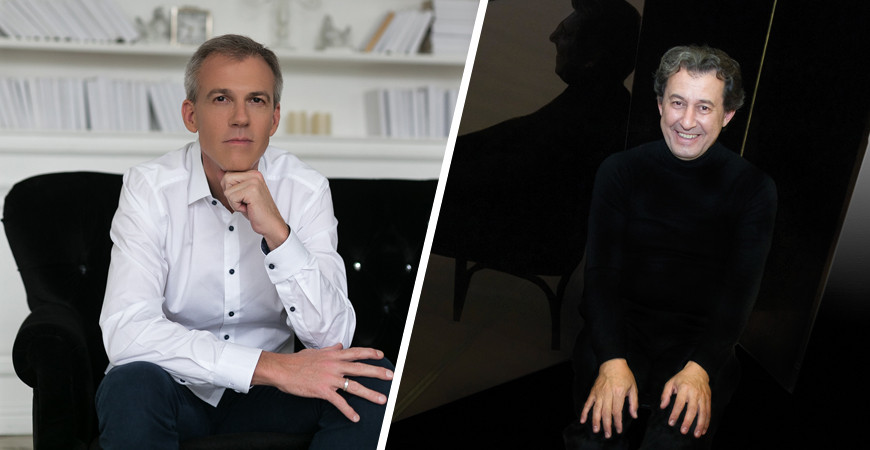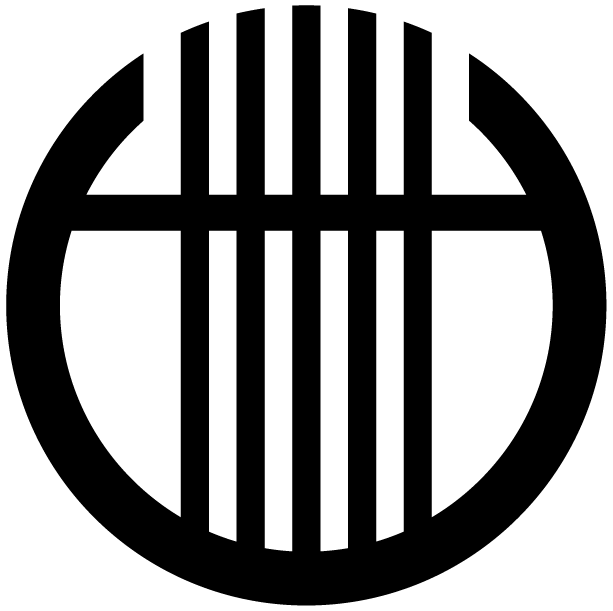
1 February 2019, 19.00-21.00
Solti Hall
Chamber Music, So Close
Wolfgang Redik, Éva Mihályi, György Porzsolt, Endre Balog & Kálmán Dráfi  Presented by Liszt Academy
Presented by Liszt Academy
Viennese Chamber Music
Schubert: Sonata for Violin and Piano No. 2 in A minor, D. 385
Webern: Langsamer Satz
intermission
Mozart: Sonata for Violin and Piano No. 21 in E minor, K. 304
Schubert: String Quartet No. 13 in A minor, D. 804 (‘Rosamunde’)
Wolfgang Redik, Éva Mihályi (violin), György Porzsolt (viola), Endre Balog (cello), Kálmán Dráfi (piano)
The evening’s concert begins with a sonatina written by Schubert when he was just 19; as with other works in the key of A minor by the composer, this one too has tragic associations. The second work is the string quartet movement the Langsamer Satz (‘Slow Movement’) by a youthful Anton Webern. It was created in 1905 when Webern was at the Schönberg school (the Second Viennese School) where he had been instructed to try out string quartet movements. The overtly romantic music expresses the feelings Webern harboured for his cousin, later his wife, Wilhelmine Mörtl. Mozart’s only work in the home key of E minor derives from Paris in 1778. This was not a happy period in the life of the composer: the work was poorly received, and he lost his mother. Some music historians point to these circumstances when explaining the, for the most part, sombre mood of the two-movement work, which is lightened for just a moment by the minuet’s trio in E major. The closing number, the so-called Rosamunde Quartet, takes its name from the melody in the second movement that Schubert had already used in incidental music for Rosamunde and in a piano impromptu.
Presented by
Liszt Academy Concert Centre
Tickets:
HUF 2 500, 3 200


